Costa Rican environmentally friendly honey treatment-honey gives a good flavor of coffee!
For professional baristas, please follow the coffee workshop (Wechat official account cafe_style)
The coffee bean of Costa Rica is one of the coffee producing areas familiar to coffee drinkers. Its geographical location is located in the isthmus of Central America. At the same time, it is regulated by Pacific and Atlantic currents and sea breeze. It is a towering volcano as high as 2000 meters above sea level. Coffee berries are slowly brewed in the fertile volcanic ash soil and cool environment at high altitude, giving birth to coffee beans with complete and rich flavor.
Costa Rica has a long history of growing coffee. In the early days, most of Costa Rican coffee beans were famous for washing coffee beans with elegant green apple acidity and clean flavor. however, it is very necessary to use a lot of water resources, which is not only high cost, but also great environmental impact.
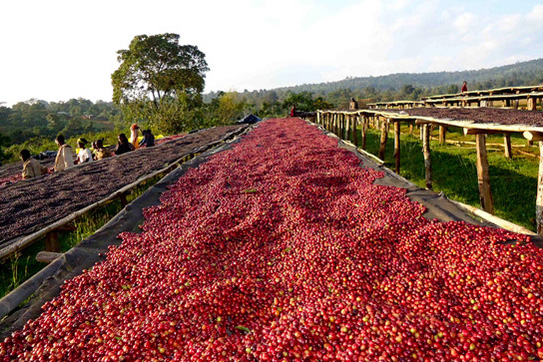
However, in the past 10 years, the new "dry" treatment method has become more popular, collectively known as "honey treatment". The manor will harvest coffee beans with full maturity and good quality in order to save water resources, and use a pulper to remove the peel. Using the scraper to adjust the degree of scraping of the pulp, the raw beans with pectin shells are placed on the so-called African scaffolding for sun exposure. Keep the right amount of air circulation in the drying process to produce sweeter and cleaner coffee.
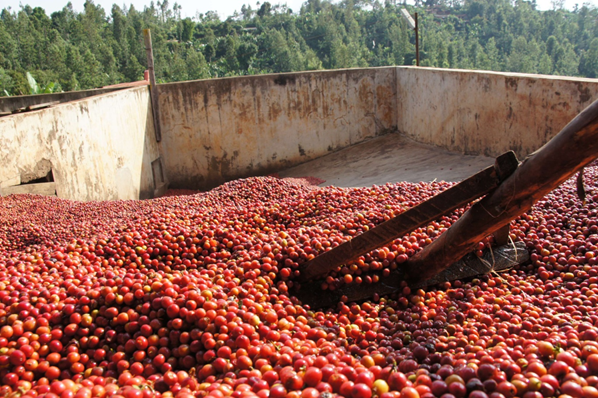
This treatment can reduce water pollution by 90% and reduce water consumption by 95%. This treatment can not only effectively maintain the ecology but also improve the quality of coffee, which is a win-win for farmers, the environment and consumers.
The success or failure of this technology lies in the control of the degree of fermentation and the amount of residual pulp. The more residual pulp, the higher the sweetness of the treated coffee beans.
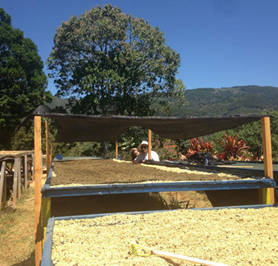
Costa Rica has developed many better honey treatment methods in recent years. Unlike the traditional washing method, which removes all the flesh first, Costa Rica will retain the right amount of flesh for fermentation. in addition to effectively reducing the acidity of the coffee, it will also make the coffee itself a taste of ripe fruit sweet, with a richer taste.
The coffee beans produced show a "sense of honey" with the color from light to dark, white honey, yellow honey, red honey to black honey, and the difference is the amount of flesh left. From light to strong, with acidity and complex aroma. Each has its own depth and advantages. The waste residue that is not needed in the treatment process is recycled as pulp and fertilizer to maintain the natural balance of the ecological environment.
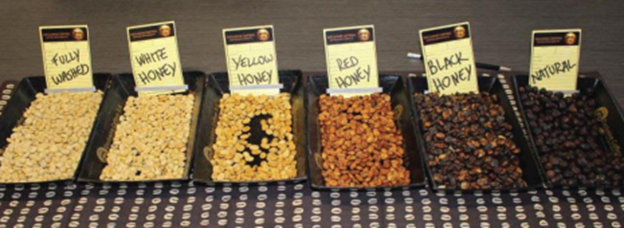
Important Notice :
前街咖啡 FrontStreet Coffee has moved to new addredd:
FrontStreet Coffee Address: 315,Donghua East Road,GuangZhou
Tel:020 38364473
- Prev
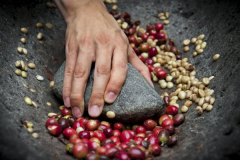
Kaddura Manor Erida Manor in Panama has been the best Panama for five consecutive times.
Kaddura Manor of Panama has won Best of Panama Best Panamanian Coffee for five years in a row. One of the manors is located in the Pokuit producing area of Chiriki province, the western border province of Panama. The most famous landmark and tourist attraction of the province is the Baru volcano, which is 3300 meters above sea level. Balu volcano is one of the highest volcanoes in Central America, with a total area of about 14000 hectares.
- Next
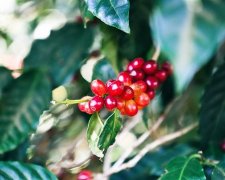
Panamanian Bokui specialty area Flower Butterfly washing 70% Rose Summer Coffee Bean flavor and taste description
For the exchange of professional baristas, please follow the coffee workshop (Wechat official account cafe_style). This batch is a combination of 70% geisha and 30% Kaddura (Caturra) Catuai. Name: Panama Poket Butterfly washing (70% Geisha) (Panama Boquete Butterfly) country: Panama (Panama) breed: 70% Geisha (g)
Related
- Detailed explanation of Jadeite planting Land in Panamanian Jadeite Manor introduction to the grading system of Jadeite competitive bidding, Red bid, Green bid and Rose Summer
- Story of Coffee planting in Brenka region of Costa Rica Stonehenge Manor anaerobic heavy honey treatment of flavor mouth
- What's on the barrel of Blue Mountain Coffee beans?
- Can American coffee also pull flowers? How to use hot American style to pull out a good-looking pattern?
- Can you make a cold extract with coffee beans? What is the right proportion for cold-extracted coffee formula?
- Indonesian PWN Gold Mandrine Coffee Origin Features Flavor How to Chong? Mandolin coffee is American.
- A brief introduction to the flavor characteristics of Brazilian yellow bourbon coffee beans
- What is the effect of different water quality on the flavor of cold-extracted coffee? What kind of water is best for brewing coffee?
- Why do you think of Rose Summer whenever you mention Panamanian coffee?
- Introduction to the characteristics of authentic blue mountain coffee bean producing areas? What is the CIB Coffee Authority in Jamaica?

